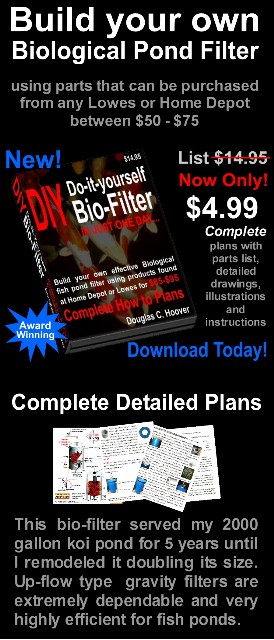
The Ultimate Guide to NO3 Koi Pond: Tips, Tools, and Techniques to Keep Your Pond Clean and Healthy
What is NO3 Koi Pond?
NO3 Koi Pond, also known as nitrate, is a water parameter commonly found in koi ponds. It is essential to keep NO3 levels low to prevent fish illnesses and algae growth.

Why is NO3 important in Koi ponds?
NO3 is important in koi ponds because it affects the overall water quality. High levels of NO3 can cause algae growth, which can lead to oxygen depletion and harm koi fish. It can also affect the pH balance, making the water more acidic or basic, depending on the level.
How to measure NO3 in your Koi Pond
You can measure NO3 levels in your koi pond using test kits or digital meters. It is recommended to test the water weekly to ensure it stays at safe levels. The ideal NO3 level for koi ponds is less than 40 parts per million (ppm).

How to Lower NO3 in Your Koi Pond
1. Regular Water Changes
One of the best ways to lower NO3 levels in your koi pond is by doing regular water changes. This helps dilute the nitrate levels and reduce the chances of algae growth. Aim to change 10-20% of the water weekly.
2. Use Nitrate-Reducing Bacteria
Nitrate-reducing bacteria like denitrifying bacteria can help break down NO3 in your koi pond. It converts NO3 to nitrogen gas, which is harmless to koi fish. You can purchase these bacteria at your local pet store or online.

3. Install a Biological Filter
Biological filters can help remove NO3 from your koi pond. It uses bacteria to break down organic matter, which converts NO3 to nitrogen gas. There are various types of biological filters available, including mechanical filtration, biofiltration, and fluidized bed filtration.

4. Add Aquatic Plants
Aquatic plants are natural nitrate removers. They absorb NO3 from the water, which can help lower the nitrate levels in your koi pond. Examples of aquatic plants you can add to your koi pond include water hyacinth, water lettuce, and duckweed.

How to Prevent NO3 Buildup
1. Do Not Overstock Your Pond
Overstocking your koi pond can lead to heavy fish waste, which can increase the NO3 levels in your pond. Keep in mind that koi fish can grow up to 2 feet long and require ample space to swim around.
2. Avoid Overfeeding Your Fish
Overfeeding your koi fish can also lead to increased NO3 levels. Only feed the amount that your koi fish can consume in 5 minutes. If there is any leftover food, remove it immediately to prevent it from decomposing and adding to the NO3 levels.
3. Keep Your Pond Clean
Regularly cleaning your koi pond can help prevent NO3 buildup. Remove any debris, dead leaves, and uneaten food from the pond. Also, regularly check your filtration system to ensure it is working correctly.

Conclusion
In summary, NO3 Koi Pond can have a significant impact on the overall water quality of your koi pond. It is essential to test NO3 levels regularly and keep them at safe levels to prevent algae growth and fish illnesses. Follow the tips, tools, and techniques shared in this article to keep your koi pond clean, healthy, and vibrant!